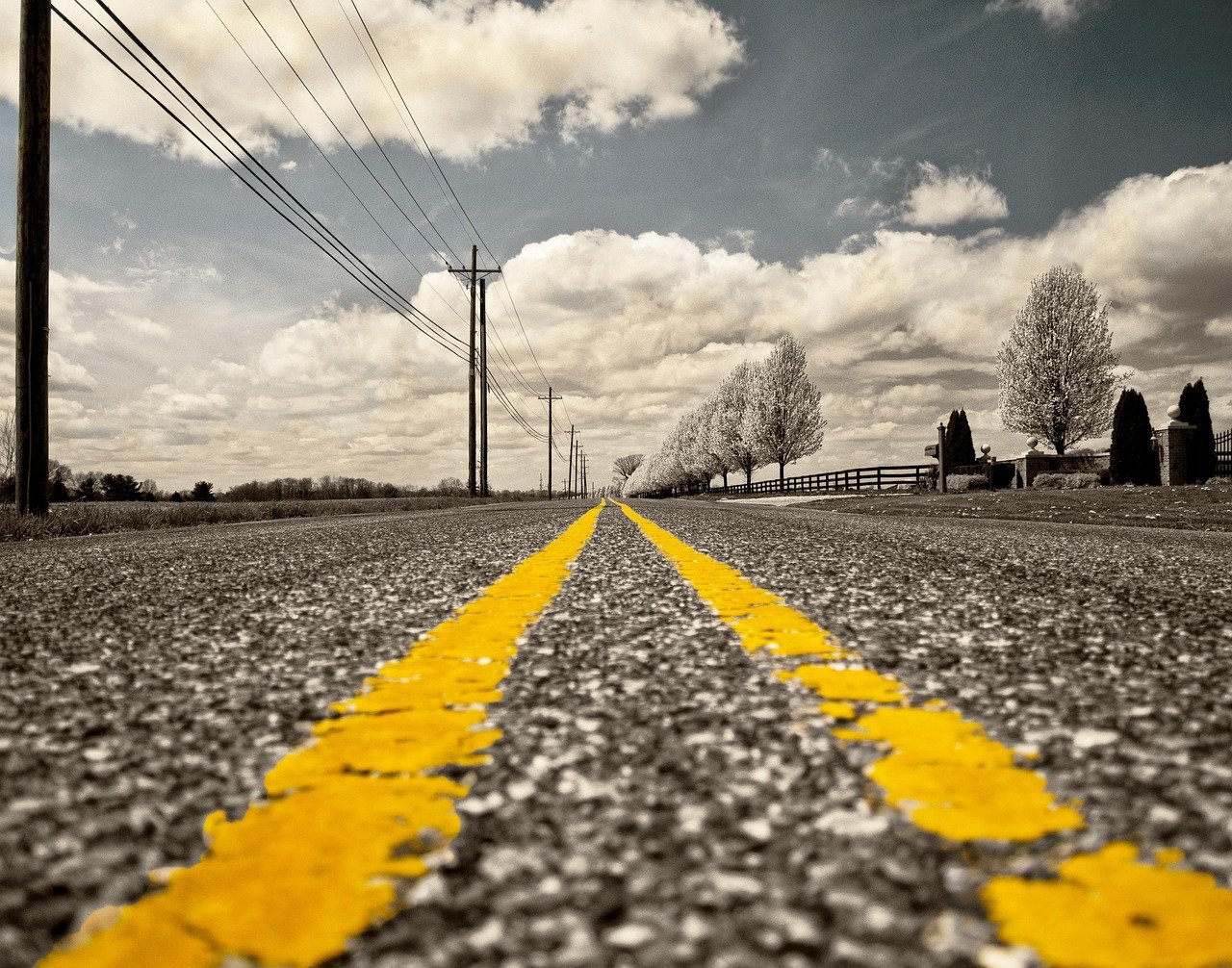What’s Driving Australia’s Renewable Investment Boom?

With new solar farms breaking ground weekly, billion-dollar hydrogen hubs under construction, and wind energy projects stretching from Gippsland to the Pilbara, Australia is in the midst of a renewable energy investment boom. But what’s behind the surge, and can Australia sustain the momentum?
A Record Year for Renewables
According to the Clean Energy Council’s 2024 Investment Report, Australia secured over $14.2 billion in renewable energy project investment — a 46% increase compared to the previous year. This includes:
- 47 new solar and wind farms either commenced or completed
- 3 major green hydrogen hubs underway in Queensland and WA
- Grid-scale battery storage projects tripling across the eastern seaboard
“We’re seeing an alignment of capital, climate urgency, and policy certainty,” said Kane Thornton, CEO of the Clean Energy Council. “It’s a perfect storm — in a good way.”
Federal and State Policy Shifts
A major driver of the boom is policy consistency. The Federal Government’s 82% Renewables by 2030 target has provided long-awaited certainty to investors, developers, and states.
In addition:
- The Rewiring the Nation program is allocating $20 billion for grid upgrades
- NSW’s Electricity Infrastructure Roadmap is attracting private capital
- Victoria and South Australia are leading with offshore wind and community battery trials
“Every level of government is finally rowing in the same direction,” says Dr. Holly Anson, energy economist at the Grattan Institute.
Investor Appetite Surging
International and domestic capital is flooding into Australia’s clean energy sector. Major investment firms such as Macquarie’s Green Investment Group, Brookfield, and IFM Investors have expanded their renewables portfolios.
Even superannuation funds are getting involved. AustralianSuper and UniSuper recently committed more than $3.5 billion toward green infrastructure projects, signalling confidence in long-term stability.
“Investors want future-proof assets,” says Angela Maynard, a fund analyst. “Fossil fuel exposure is no longer viable — renewables are the safe bet.”
Grid Modernisation and Transmission Links
A central challenge — and opportunity — is the national electricity grid. Australia’s aging grid was designed for coal-fired centralisation, not dispersed renewables.
Key projects now under construction include:
- VNI West — a $3.2 billion interconnector between Victoria and NSW
- Project EnergyConnect — linking SA to NSW and improving supply security
- Marinus Link — a 1,500 MW cable from Tasmania to Victoria, unlocking hydro capacity
“You can build all the wind farms you like,” says Dr. Alan Coombs from AEMO. “But if you can’t transmit the power, it’s wasted.”
Community Engagement and Jobs
Many regional communities are embracing renewable projects for the jobs, royalties, and economic diversification they bring. In areas like Central Queensland, Western NSW, and Victoria’s Latrobe Valley, renewables are becoming the new backbone of local economies.
The Clean Energy Council estimates that more than 38,000 jobs will be created across construction, engineering, and maintenance by 2030.
“I started as a diesel mechanic,” says Jarrad Muir in Dubbo, now a wind technician. “This sector gave me a future I never imagined.”
Hydrogen: The Next Frontier
Green hydrogen is attracting significant attention and funding. Projects like the SunHQ Hydrogen Hub in Gladstone and the Hydrogen Energy Supply Chain in Victoria are positioning Australia as a future global exporter.
The government’s $2 billion Hydrogen Headstart program is subsidising production to scale early-stage ventures and secure Australia’s position in the emerging green fuels market.
“We could be the Saudi Arabia of hydrogen,” said Energy Minister Chris Bowen. “But we have to move fast.”
Storage and Firming Innovation
Alongside generation, Australia is leading in storage solutions:
- Big batteries in Victoria and South Australia with response times under 200 milliseconds
- Pumped hydro projects like Snowy 2.0, despite delays
- Community-scale batteries supporting residential solar in WA and Queensland
These systems are critical to balancing intermittency from solar and wind, ensuring reliability and grid stability.
Challenges Ahead
Despite the optimism, challenges remain:
- Slow planning approvals and community opposition in some regions
- Supply chain delays for critical minerals and turbine parts
- Workforce shortages in engineering and skilled trades
The Australian Energy Market Operator (AEMO) warns that without rapid workforce development and clearer transmission planning, projects may stall.
Conclusion: An Energy Pivot in Motion
Australia’s renewable investment boom is more than a financial phenomenon — it’s a national transformation. What was once viewed as idealism has become economic pragmatism.
With climate goals, investor interest, and technology aligned, the opportunity is immense — but so is the responsibility to get it right. As the sun sets on coal, Australia’s clean energy future is no longer a question of “if,” but “how soon.”